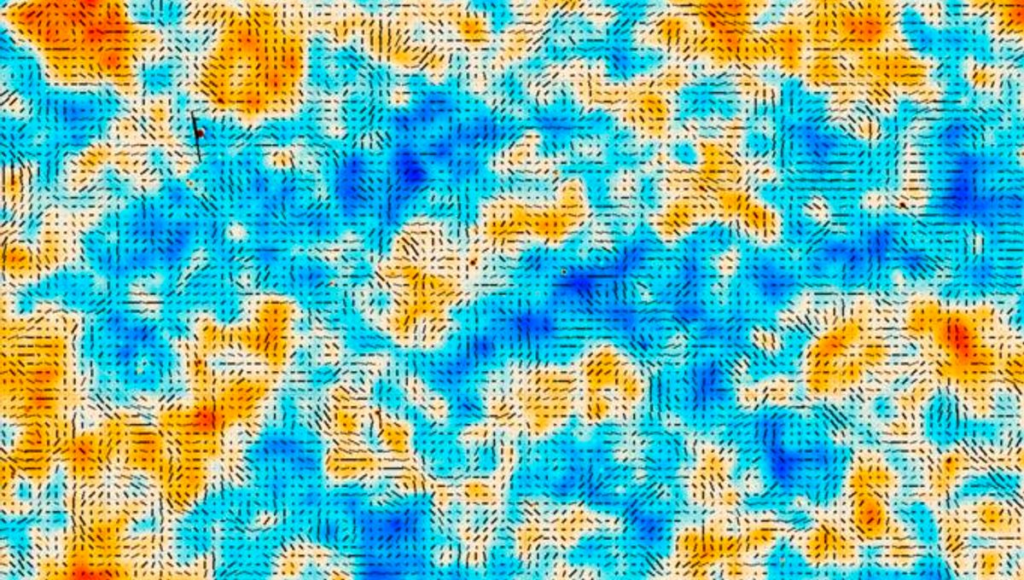From October 2007 to mid-2022, the Atacama Space Telescope (ACT) focused primarily on studying the cosmic microwave background (CMB), the remnant light from the Big Bang. Recently, the ACT team announced its final data release, which raises significant concerns about our understanding of the universe, particularly regarding the Hubble constant, a key parameter that describes the universe’s expansion rate.
Measurements of the Hubble constant using different methods—distances and velocities of nearby galaxies versus those derived from the CMB—have yielded conflicting results, a discrepancy known as the Hubble tension. The ACT data confirmed results from the European Space Agency’s Planck satellite, reinforcing the tension.
Cosmologists, including Colin Hill, noted that ACT’s findings highlight issues with 30 major alternative cosmological models, effectively ruling them out. The study utilized CMB polarization data, which provides deeper insights into the early universe. ACT’s larger telescope (6 meters compared to Planck’s 1.5 meters) yielded more sensitive polarization maps, enhancing the capability to test cosmological models.
Despite these new findings, both ACT and Planck data complement each other, collectively enriching our understanding of the universe’s early epochs. The research has been published in the Journal of Cosmology and Astroparticle Physics.
Source link


